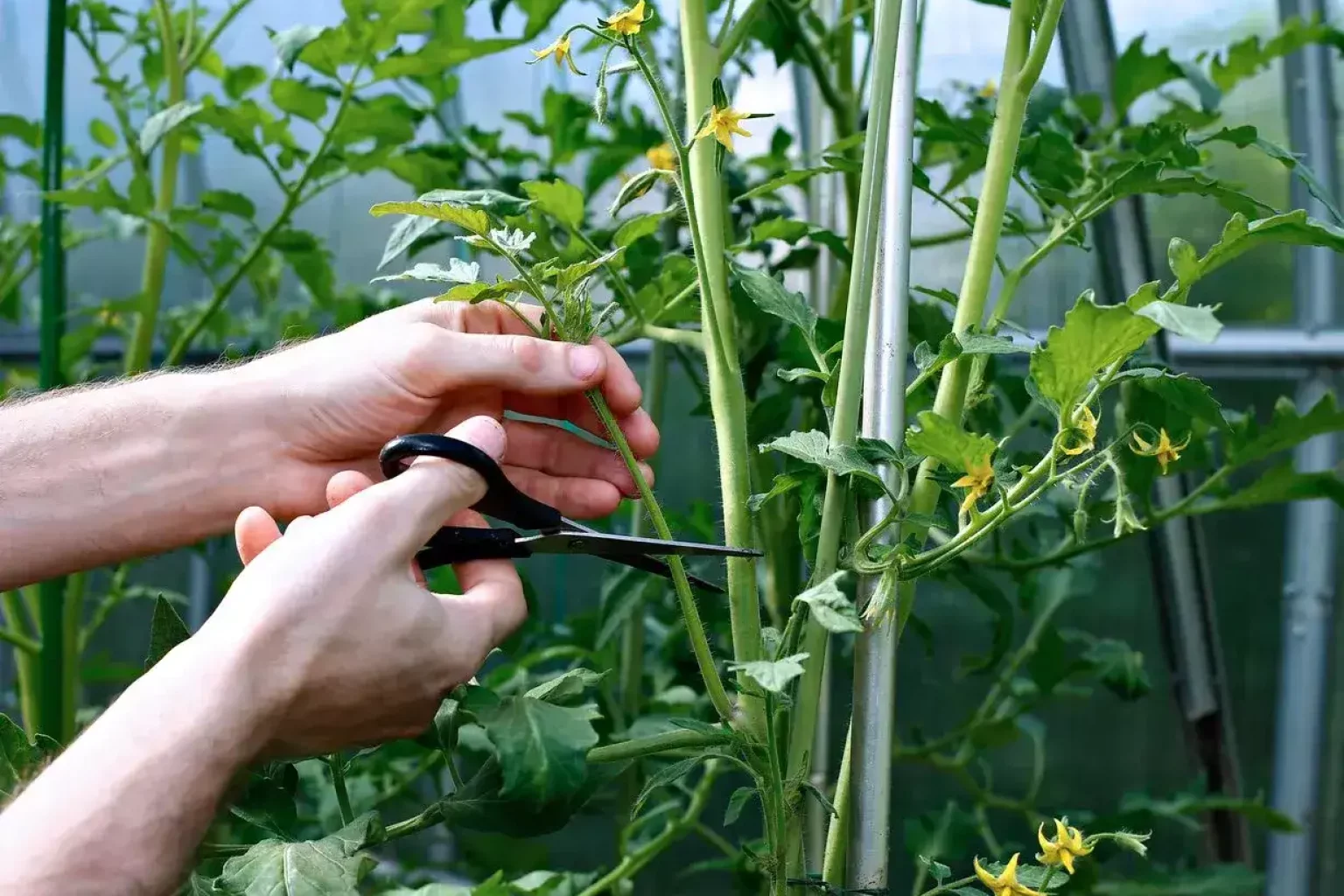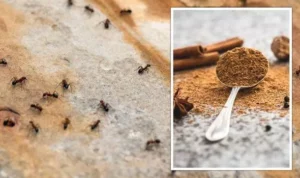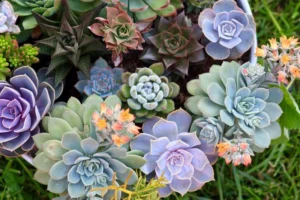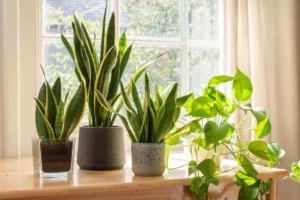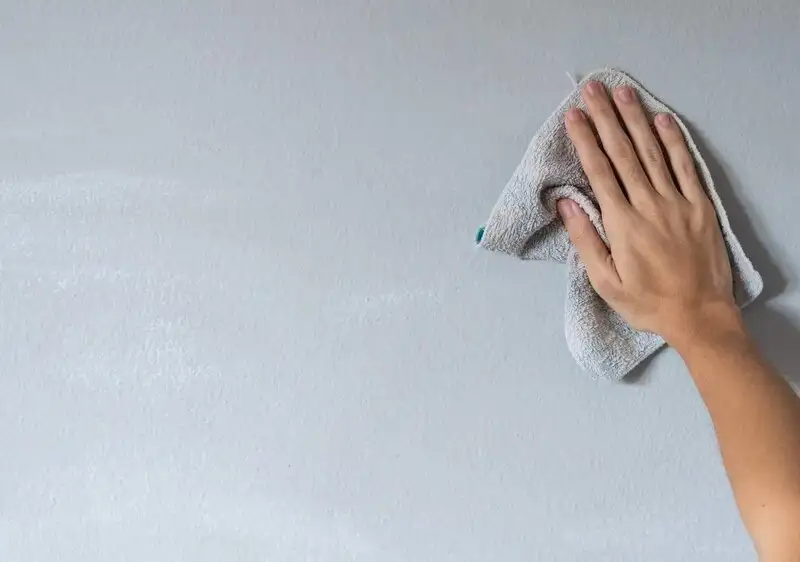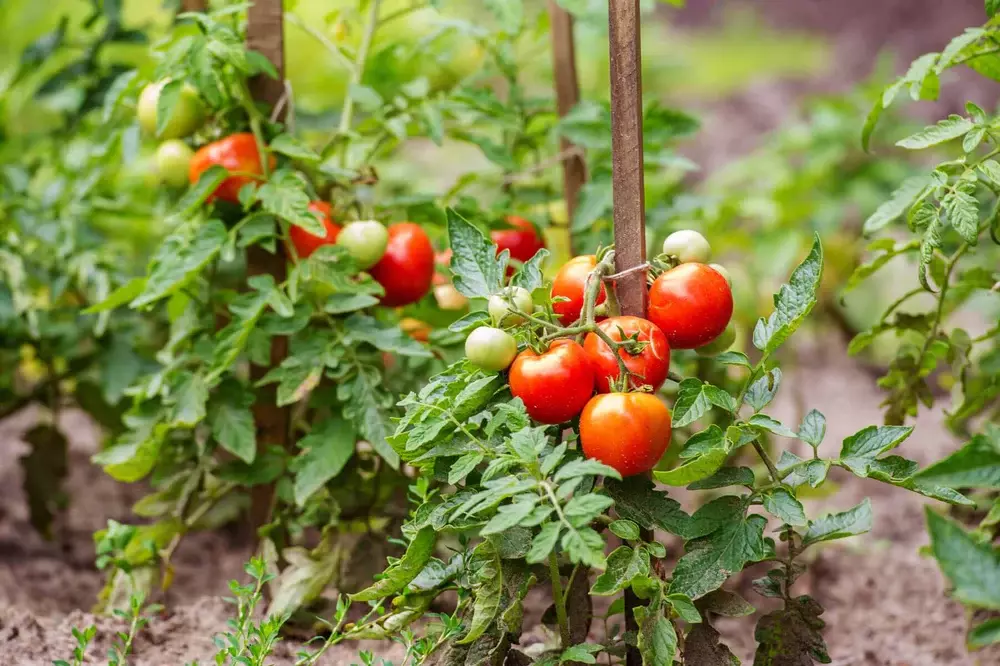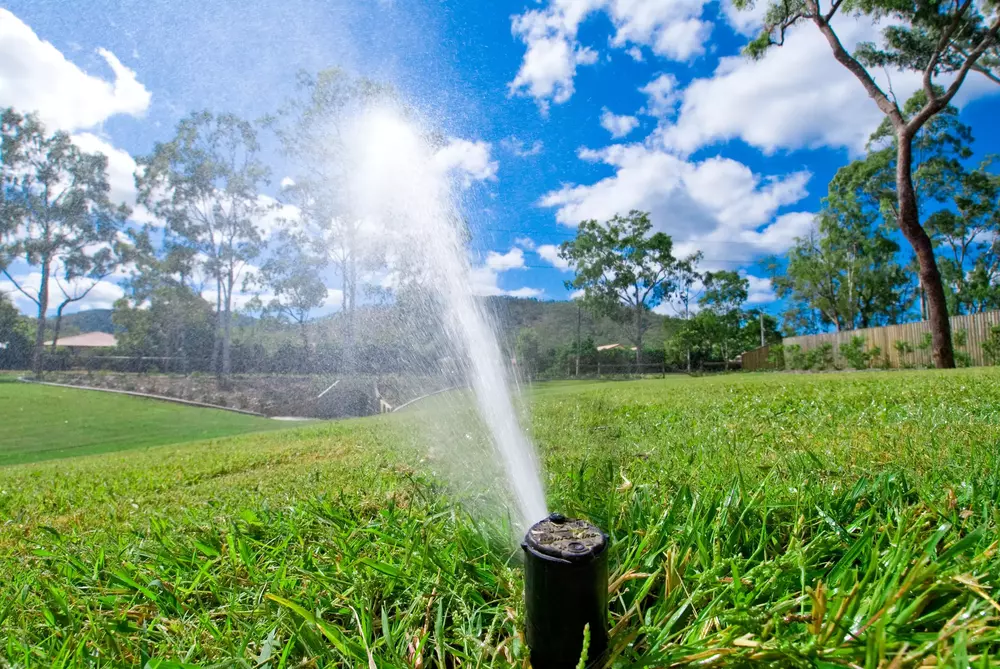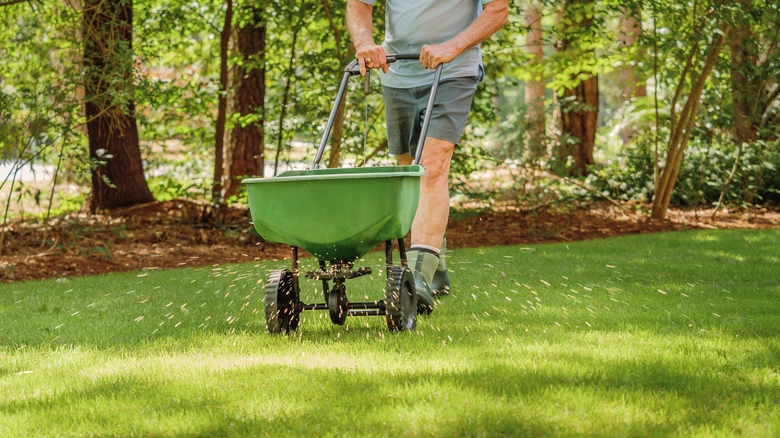Tomato plants are a staple in many home gardens, known for their delicious and versatile fruit. However, growing tomatoes is not without its challenges, and one of the most common difficulties gardeners face is pruning. In this article, we will explore the top tomato pruning mistakes and provide guidance on how to avoid them, ensuring a healthy and bountiful harvest.
Table of contents
Why is Pruning Important for Tomato Plants?
Pruning is essential for several reasons:
- It helps the plant focus its energy on fruit production instead of excessive foliage.
- It allows for better air circulation and sunlight penetration, reducing the risk of diseases and pests.
- It makes harvesting easier and prevents the fruit from touching the ground, reducing the chance of rot.
What Are the Top Tomato Pruning Mistakes?
Let’s explore the most common tomato pruning mistakes that gardeners make and the consequences they may face.
1. Over-pruning or under-pruning
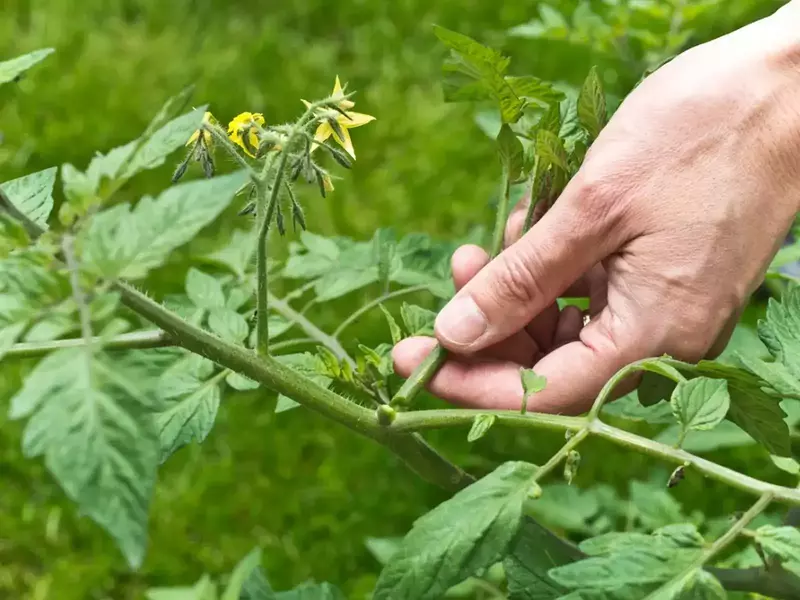
Over-pruning
it’s important to realize that over-pruning can lead to reduced fruit production and a weakened plant. When you remove too many leaves, you may:
- Expose the fruit to sunscald.
- Stress the plant, making it more susceptible to disease and pests.
- Inadvertently remove fruit-producing branches.
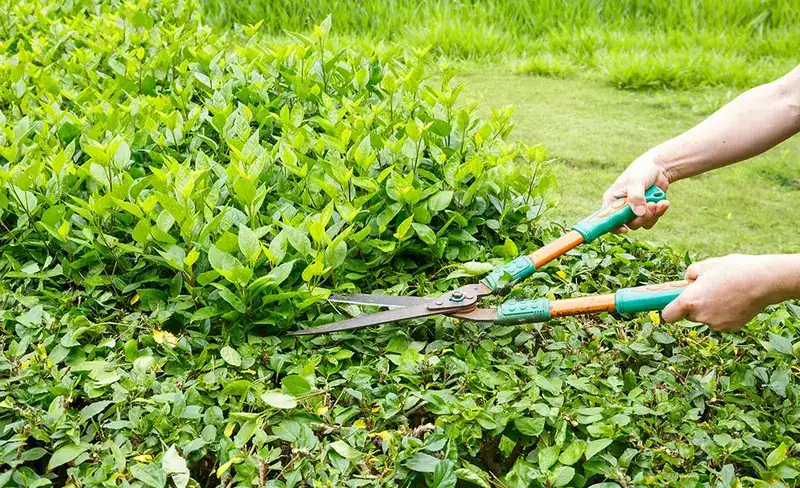
Under-pruning
On the other hand, under-pruning can lead to poor air circulation, increased humidity, and reduced light penetration. This creates an ideal environment for diseases, such as blight and fungal infections, and can lead to:
- Smaller fruit with reduced flavor.
- More challenging harvesting due to dense foliage.
2. Pruning at the wrong time
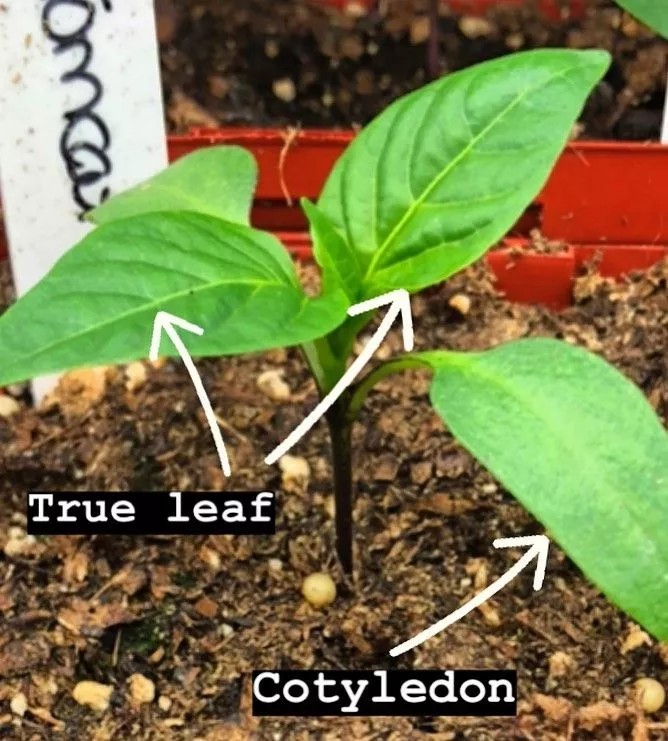
Pruning too early
One of the most common tomato pruning mistakes is pruning too early. Pruning tomato plants too early can stunt their growth and delay fruit production. It’s essential to wait until the plant has developed at least four to six sets of true leaves before starting the pruning process.
Pruning too late
If you wait too long to prune, the plant may have already developed a tangled mess of branches and foliage. This can make it challenging to prune effectively and may result in accidentally removing fruit-producing branches.
3. Pruning the wrong type of tomato plant
Tomato plants are generally classified into two types: determinate and indeterminate.
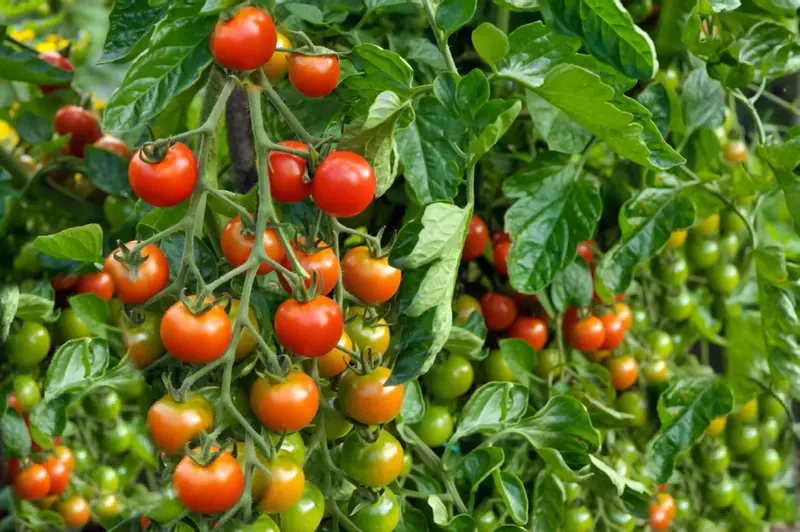
Pruning determinate tomatoes
Determinate tomatoes have a predetermined size and set fruit all at once. Pruning determinate tomatoes excessively can reduce their yield and potentially damage the plant. Light pruning to remove diseased or damaged foliage is usually sufficient for this type of tomato plant.
Pruning indeterminate tomatoes
Indeterminate tomatoes continue to grow and set fruit throughout the season. They benefit from regular pruning to control their size, improve air circulation, and promote fruit production. Failing to prune indeterminate tomatoes is a common pruning mistake that can lead to a tangled mess of branches and increased disease risk.
How Can I Avoid These Pruning Mistakes?
1. Learn the right pruning technique
To avoid tomato pruning mistakes, follow these best practices. Understanding the proper pruning technique can help you avoid over-pruning or under-pruning:
- Use clean, sharp pruning shears or scissors.
- Remove suckers, the small shoots that grow in the crotch between the main stem and a branch. Pinch them off with your fingers or use your pruning tool for larger suckers.
- Focus on removing lower leaves and branches that are touching the ground or growing inward, as they are more prone to disease and pests.
- Ensure that you maintain a balance between fruit-producing branches and foliage, as leaves are essential for photosynthesis and supporting fruit growth.

2. Establish a pruning schedule
Developing a pruning schedule is an effective way to avoid tomato pruning mistakes related to timing.
- Begin pruning when the plant has at least four to six sets of true leaves.
- Prune indeterminate tomatoes every 1-2 weeks throughout the growing season to maintain their size and shape.
- For determinate tomatoes, only prune as needed to remove damaged or diseased foliage.

3. Know your tomato plant type
Before pruning, identify whether you are growing determinate or indeterminate tomatoes. This will ensure that you apply the appropriate pruning techniques for each type of plant:
- Check seed packets, plant tags, or online resources to determine your tomato plant type.
- Remember that determinate tomatoes require minimal pruning, while indeterminate tomatoes benefit from regular pruning.
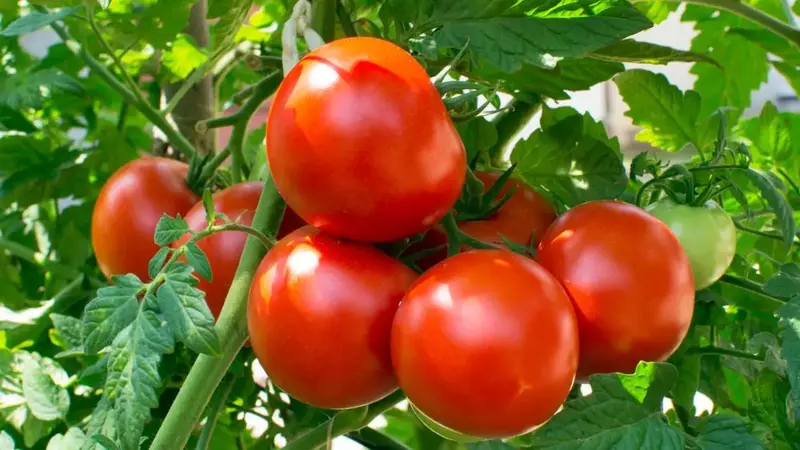
Additional Tomato Growing Tips
Aside from pruning, there are other factors to consider when growing tomatoes:
- Choose the right variety: Select tomato varieties that are suitable for your climate and growing conditions. Consider factors like disease resistance, days to maturity, and flavor preferences when making your selection.
- Plant in well-draining soil: Tomatoes require well-draining soil to prevent root rot and other moisture-related issues. Amend your soil with organic matter, such as compost, to improve drainage and nutrient content.
- Provide support: Tomato plants can become heavy with fruit and may require support, such as stakes, cages, or trellises, to prevent branches from breaking or fruit from touching the ground.
- Fertilize appropriately: Tomatoes are heavy feeders and may require supplemental fertilizer throughout the growing season. Use a balanced fertilizer, and follow the recommended application rates to avoid over-fertilizing.
- Monitor for pests and diseases: Keep an eye on your tomato plants for signs of pests or diseases. Address issues promptly using appropriate cultural, mechanical, or chemical controls to minimize damage and protect your harvest.
By avoiding common pruning mistakes and following these additional tips, you can enjoy a bountiful harvest of delicious tomatoes from your home garden.


